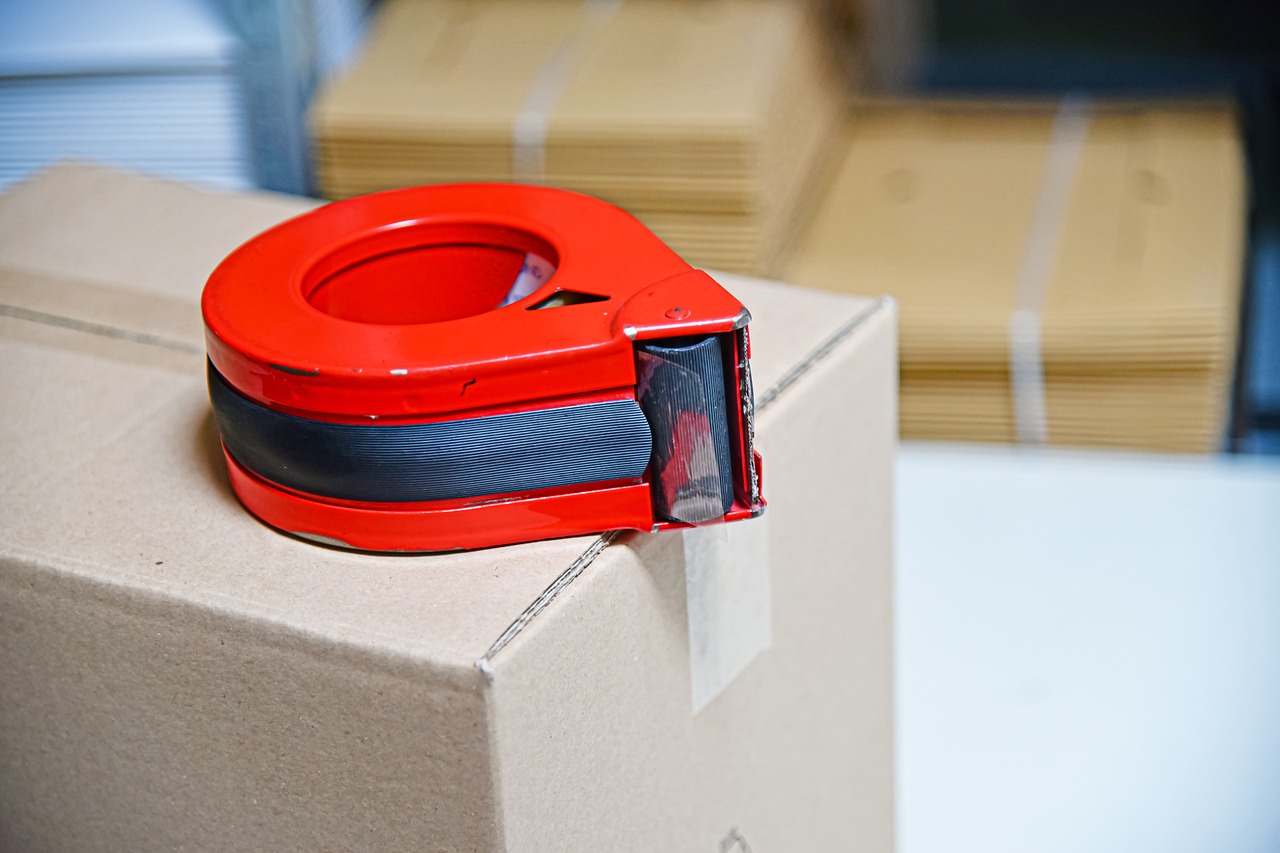Tomasz Szczepański, Łukasz Krysiak, Kamil Kiełbasiński i Łukasz Kaczmarek.
Applying new waste-derived soils to engineering causes challenges related to their specific properties. Colliery spoils and fluidized bed combustion ash used in embankments are particularly sensitive to variation in water content. In this paper, triaxial compression (TRX) and bender element tests (BET) were conducted on compacted samples of spoil-ash mixtures under confining stress (0–500 kPa). Two water contents were assumed, i.e., ‘natural (14.6%) and ‘wet’, after 36 h inundation (20–25%). The purpose was to observe the impact of a one-time water ingress on mechanical properties. The results are ambiguous and depend on the interpretation of the approach. The first approach is typical for rock testing, with the UC test used to define strength. No pore water pressure measurement is made in this approach; the results are based on total stress analysis (TSA). The second method is characteristic for soil mechanics effective stress analysis (ESA), where pore water pressure is considered; it uses TRX with appropriate sample saturation. This paper attempts a combined approach and compares the results depending on which interpretation is used. With TSA, water inundation seems to have significantly affected the tested samples (reduction of cohesion by up to 89% and initial shear modulus by up to 41%), whereas ESA reveals a much smaller effect (a drop by up to 55% and 20%, respectively). A simple numerical analysis (Finite Element Method) illustrates the observed change in mechanical properties, with the slope stability safety factor being reduced five-fold or two-fold (TSA and ESA, respectively).





![’Świeć Przykładem – Noś odblaski’. Akcja profilaktyczna koneckiej policji [zdjęcia]](https://tkn24.pl/wp-content/uploads/2025/11/Swiec-Przykladem-Nos-odblaski.-Akcja-profilaktyczna-koneckiej-policji-4.jpg)



![Black Friday 2025: najlepsze promocje i sprawdzone oferty [RELACJA NA ŻYWO]](https://cdn.kobieta.onet.pl/1/Grsk9lBaHR0cHM6Ly9vY2RuLmV1L3B1bHNjbXMvTURBXy82NDU1ZjI4YmZlODM3MWQ2ZDYxNDRiYWUzMjhkMjZjYi5wbmeSlQMAAM0GzM0D0pMFzQlgzQZA3gACoTAHoTEE)





